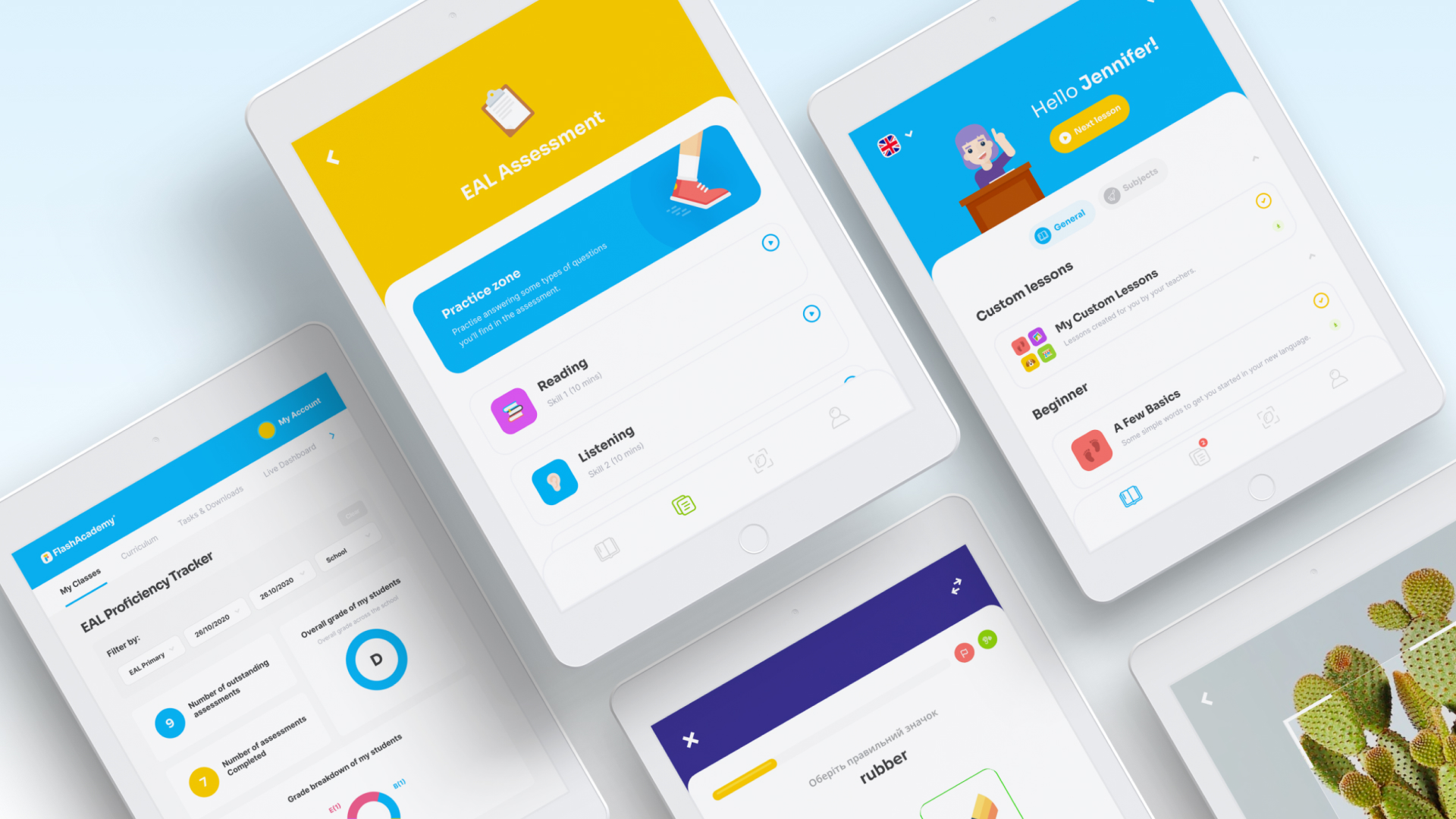

We are already aware that attainment for pupils with English as an Additional Language is likely to have fallen further behind as a result of COVID-19 and the school closures. If you tuned into our latest webinar, ‘Doubling Attainment for EAL in Secondary Schools’, you would have listened to guest host Hollie O’Sullivan – Director of EAL at Fortis Academy – talking about how departments can harness resources and implement whole-school approaches to help accelerate learning for pupils with EAL.
Here are our top 5 takeaways from the session but of course, you can access the full EAL webinar recording for FREE here.
EAL Ethos
EAL departments should have a vision for EAL and share this vision with the rest of the school. Use keywords such as ‘Welcome’, ‘Encourage’ and ‘Celebrate’ as a foundation for your Ethos. It’s good to display this visually around the school in areas like the Visitor’s Reception so that families can clearly see the school’s Ethos and feel assured that their child’s learning needs will be supported.

PAWS Approach
For supporting newly arrived students, it’s worth implementing the ‘PAWS’ approach – Prepare, Alert, Welcome, and Support. Prepare for their arrival by doing a meet and greet, provide them with a Welcome Pack, and use Learner Profiles to understand more about their home language and how it may affect English language learning. Alert by informing all the necessary staff and allocating a buddy (ideally someone who speaks the same home language if possible). Welcome by introducing to their buddy, provide first-day work, and complete a Proficiency Assessment. Finally, Support by implementing the necessary strategies and interventions in place, depending on the pupil.
Support for KS4
Research tells us that the later a student arrives, the poorer their attainment outcomes will be. It’s therefore really important to provide targeted support for a KS4 cohort. Once a student has completed their EAL induction programme and has transitioned into mainstream lessons, if you don’t feel they will be successful at GCSE then it is worth placing them on an alternative learning pathway instead. Fortis Academy implements The Green Pathway, which consists of entry-level English, Maths, and Science, Prince’s Trust Qualifications, Lifeskills Qualifications, and a student’s choice of GCSE. By following this kind of pathway and offering functional qualifications that are tangible for them to take away and get onto apprenticeships and college courses.
Talk to other departments
Get involved in what other departments are doing around the school. For instance, if the English department is putting out a ‘Word of the Week’ then you could ask to include an EAL translation and celebrate a different language every half term. Putting an EAL stamp on incentives outside of your own department – e.g. asking departments to create EAL-friendly displays – is a great way to help implement whole-school approaches for supporting EAL learners.

Promoting Inclusion
As EAL leads, promoting emotional and wellbeing support is paramount to academic support. Many students will come to this country having suffered traumatic experiences, so it is key to have interventions available to support their emotional wellbeing. If possible, reach out to external agencies in your area – Fortis work with Innovating Minds and Birmingham Centre for Art Therapies – to help learners with lower proficiency who struggle to engage and communicate. Try adopting a space in the school for EAL learners to claim as theirs. Outdoor areas which can easily be converted into a ‘garden’ is a great way to not only nurture pupil wellbeing but to also develop skills outside of the classroom.
For more EAL webinars, head over to our events page and get instant access to hours of EAL webinar content and training.

